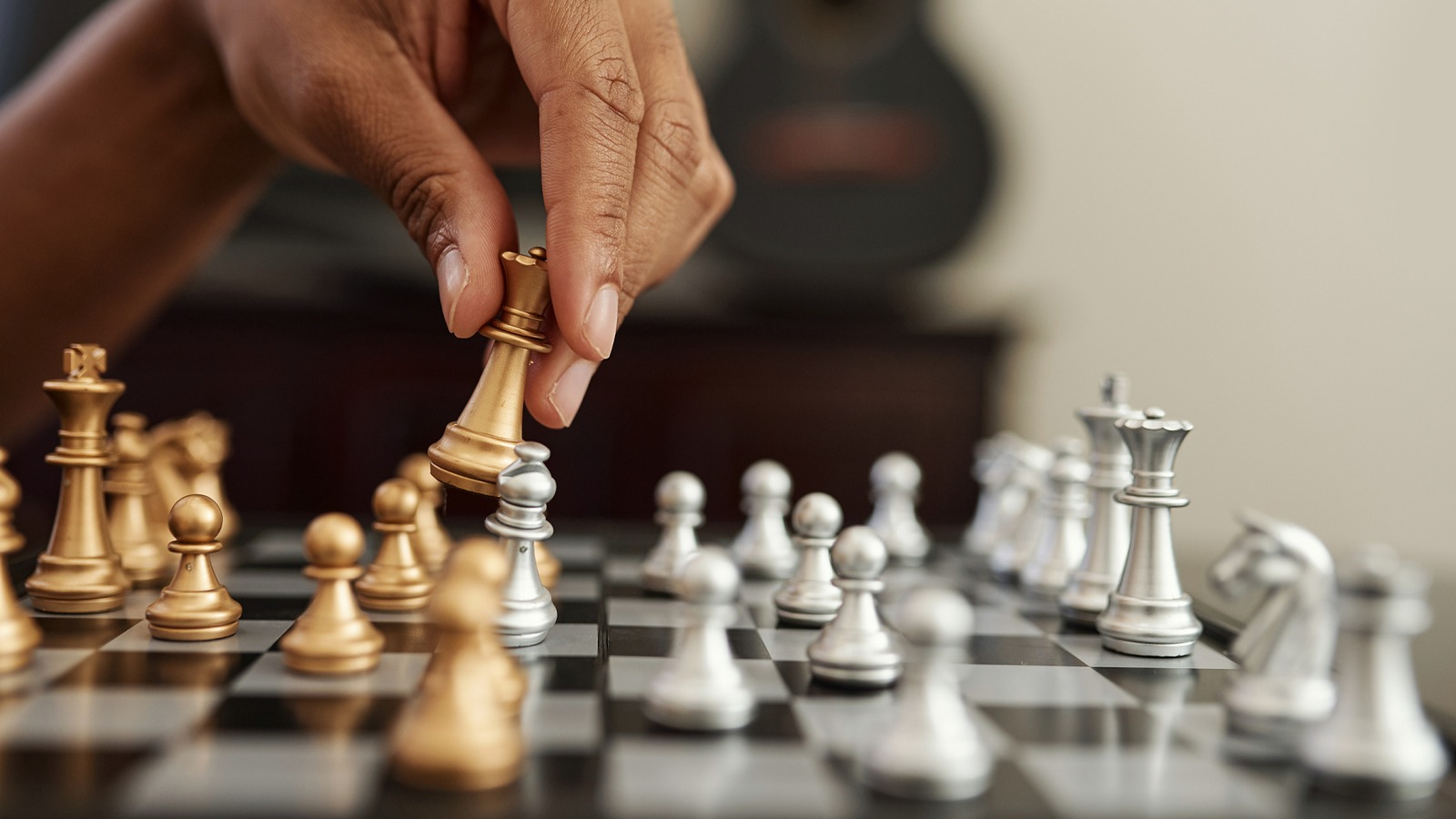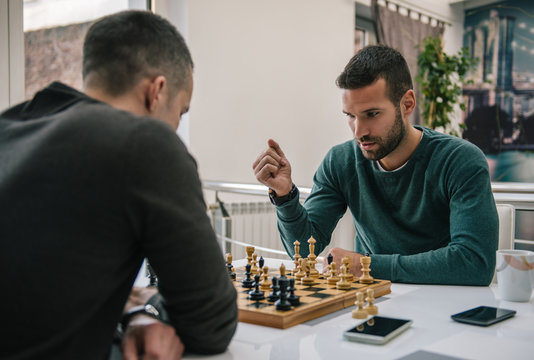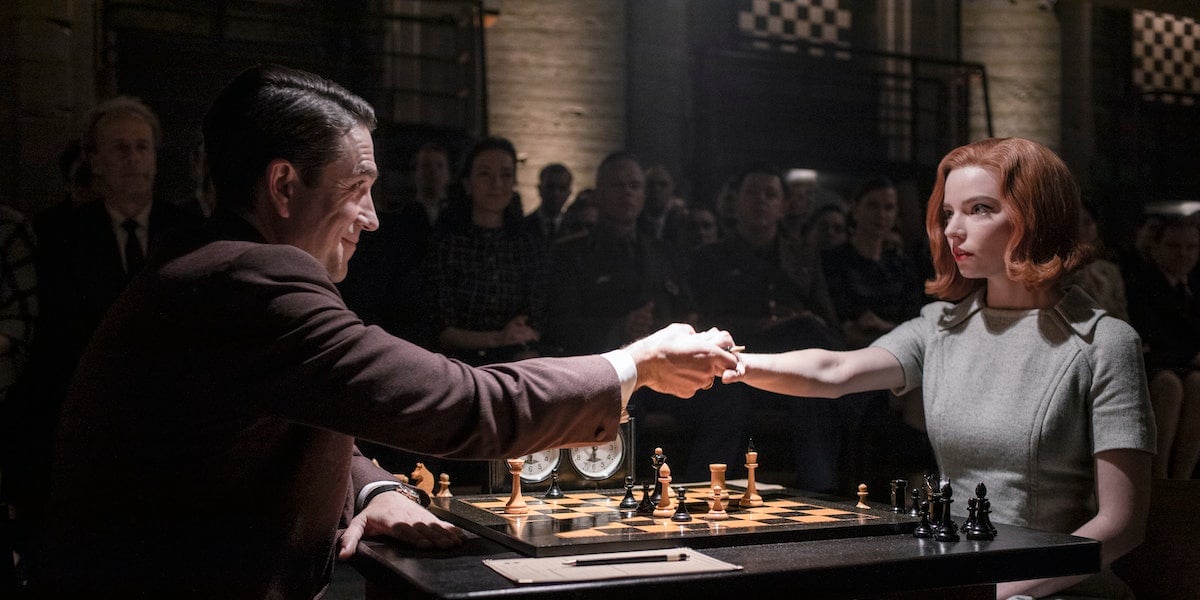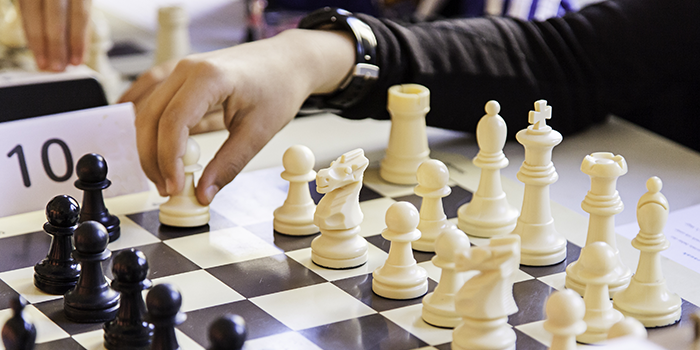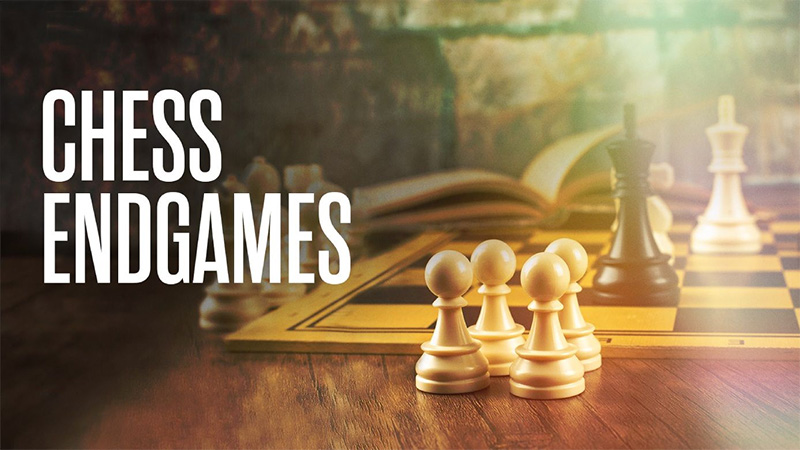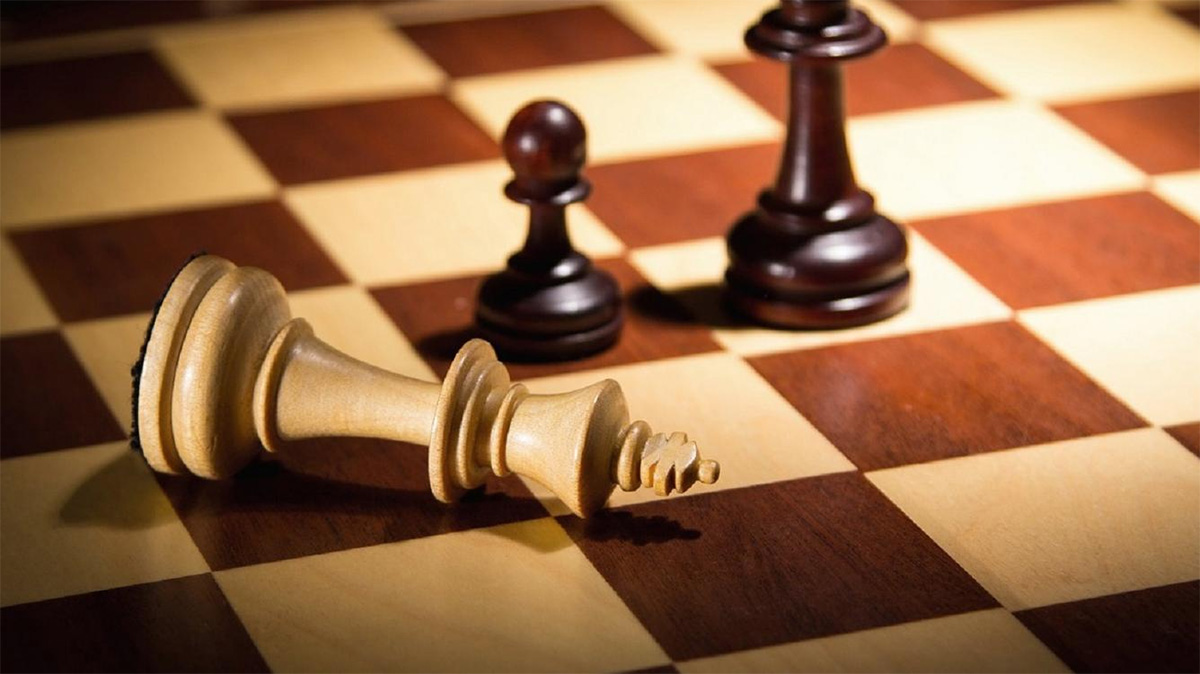National Master Jesse Cohen (CEO & Head Coach of Summit School of Chess) reveals the terrifying truth: some moves turn your beloved chess pieces into undead pawns trapped in a strategic graveyard.
In this video, Master Cohen dives deep into the advanced concept of “Zombie Pieces”: chess positions where pieces become utterly useless, their potential as good as devoured by a horde of bad decisions.

** But don’t despair!** Master Cohen isn’t just here to diagnose chess-piece rigor mortis. He’ll equip you with the antidote:
- Identify the symptoms: Learn how to spot Zombie Pieces before they drag down your entire army.
- Perform an autopsy: Master Cohen dissects classic examples of Zombie Pieces, exposing the fatal moves that led to their demise.
- Vaccinate your game: Discover prophylactic strategies to keep your pieces healthy and kicking (figuratively, of course).
This video is perfect for:
- Ambitious chess players: Take your game to the next level by understanding the concept of Zombie Pieces.
- Strategists of all kinds: Learn how to avoid dead-end scenarios in any competitive situation.
- Anyone who’s ever felt like their chess pieces are just… meh: Get your strategic mojo back with Master Cohen’s insights!
Don’t let your pieces suffer an eternal pawn-demic! Click the play button and resurrect your chess skills with National Master Jesse Cohen!
Bonus: Check out Summit School of Chess (https://summitschoolofchess.com/) to level up your game with expert coaching and resources!
P.S. Remember that the key to improving chess also comes with cultivating the right attitudes. Focus on deactivating, demoralizing, and subduing your opponents’ pieces in your own games. Be patient with yourself as you attempt to implement these ideas understanding it’s a very advanced strategy and it will take many attempts to get it right. Reward yourself consistently for your attempts! Have a cookie!!
Our Summer Chess Camp 2024 is coming up!!
We have daily Online Group Lessons for all players of all skill levels!
Our Monthly Chess Tournaments are great for testing your skills!
Get a School Chess Program today!
Join the official Summit School of Chess Club (on Chess.com)
#chess #advancedchess #strategy #summitschoolofchess #jessecohen #zombiepieces #chesstips #chessstrategy #chessinstructional



